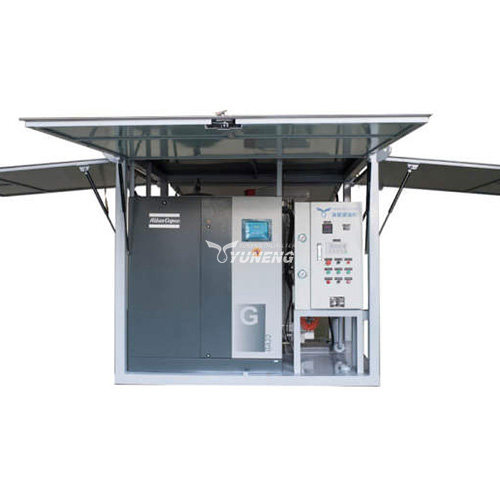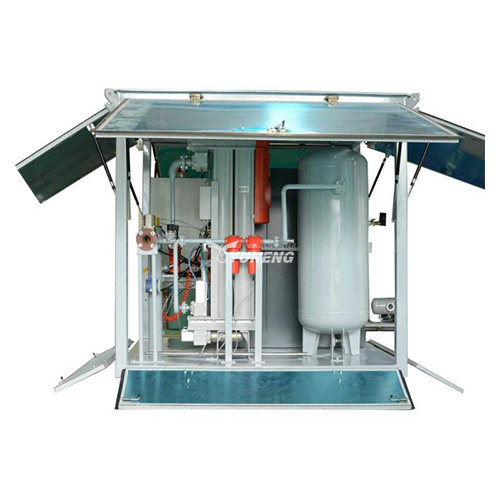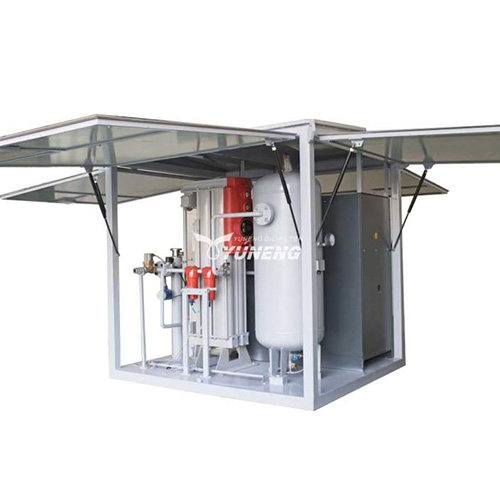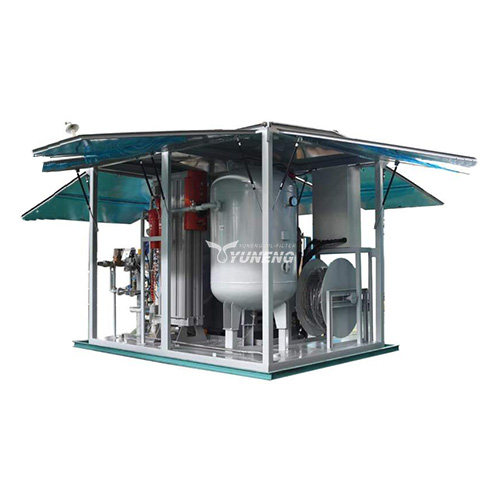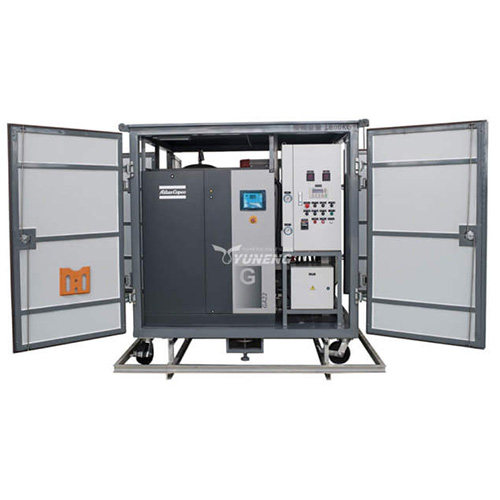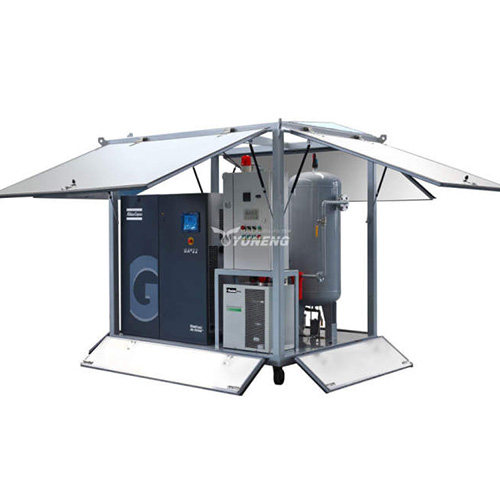How Dry Air Generators Protect Transformers in Extreme Climates?
Transformers are important components in the power distribution network, ensuring the safe and efficient transmission of electricity. However, extreme climates pose significant challenges to their operation and longevity. The extreme climates have a great impact on transformers, this is where dry air generators come in.
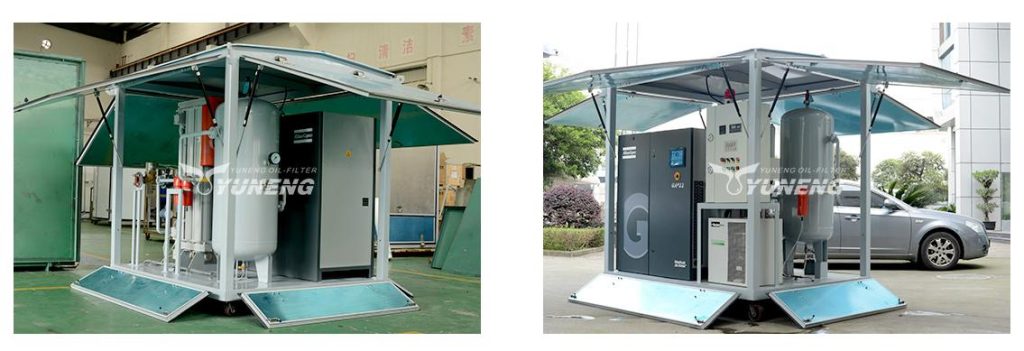
Impact of Extreme Climates on Transformers
Transformers in extreme climates face a range of issues that can compromise their performance and lifespan. In cold climates, temperature fluctuations can cause insulation materials to contract and expand, leading to cracks and potential failures. In hot and humid environments, moisture ingress becomes a critical concern, as it can lead to the formation of condensation inside the transformer. This moisture can reduce the dielectric strength of the insulation, leading to electrical discharges and potential transformer failures.
Additionally, extreme temperatures can accelerate the aging process of the insulating materials, decreasing the efficiency and reliability of the transformer. Frequent temperature changes can also cause thermal cycling, which stresses the transformer components and can result in mechanical failures over time.
Role of Dry Air in Transformer Preservation
The reliable operation of transformers hinges on the integrity of their insulation system. This meticulously engineered system, often comprising cellulose paper, insulating oil, and epoxy resin, boasts a high dielectric strength – the ability to withstand high voltage without conducting electricity. However, moisture intrusion compromises the insulating properties of these materials and jeopardizes transformer health. Dry air generators play a critical role in mitigating moisture’s detrimental effects, ensuring the continued efficacy of the insulation system and fostering reliable transformer operation.
- Moisture Absorption Control: Insulation materials exhibit hygroscopic properties, meaning they readily absorb moisture from the surrounding environment. This absorption not only increases their conductivity, hindering their ability to effectively insulate but also weakens their structural integrity. Dry air generators maintain a low dew point within the transformer enclosure, significantly reducing the risk of moisture absorption. This ensures the insulation materials remain dry and retain their optimal insulating properties.
- Dielectric Breakdown Prevention: As moisture content within the transformer increases, the insulating materials’ ability to resist electrical current diminishes. This phenomenon, known as dielectric breakdown, allows electricity to flow through unintended paths, leading to catastrophic transformer failure. Dry air generators actively manage moisture levels, effectively preventing dielectric breakdown and safeguarding the integrity of the insulation system.
- Partial Discharge (PD) Mitigation: Even minuscule amounts of moisture can create an environment conducive to partial discharge (PD). This localized electrical phenomenon within the insulation generates intense heat and ionization, progressively weakening the insulation and ultimately leading to complete failure. Dry air generators starve PD of its fuel source – moisture – preventing its occurrence and protecting the insulation system from this insidious form of degradation.
- Corrosion Control: Moisture, particularly when combined with contaminants like salt spray in coastal environments, accelerates the corrosion of metal components within transformers. Dry air generators create a protective barrier by minimizing moisture ingress. This not only safeguards these critical components from corrosion’s damaging effects but also extends the overall lifespan of the transformer.
In essence, dry air generators act as a proactive defense mechanism, shielding the transformer’s delicate insulation system from the detrimental effects of moisture. This not only translates to a significant extension of the transformer’s lifespan but also ensures its efficient and reliable operation, minimizing the risk of costly equipment failures and power outages.
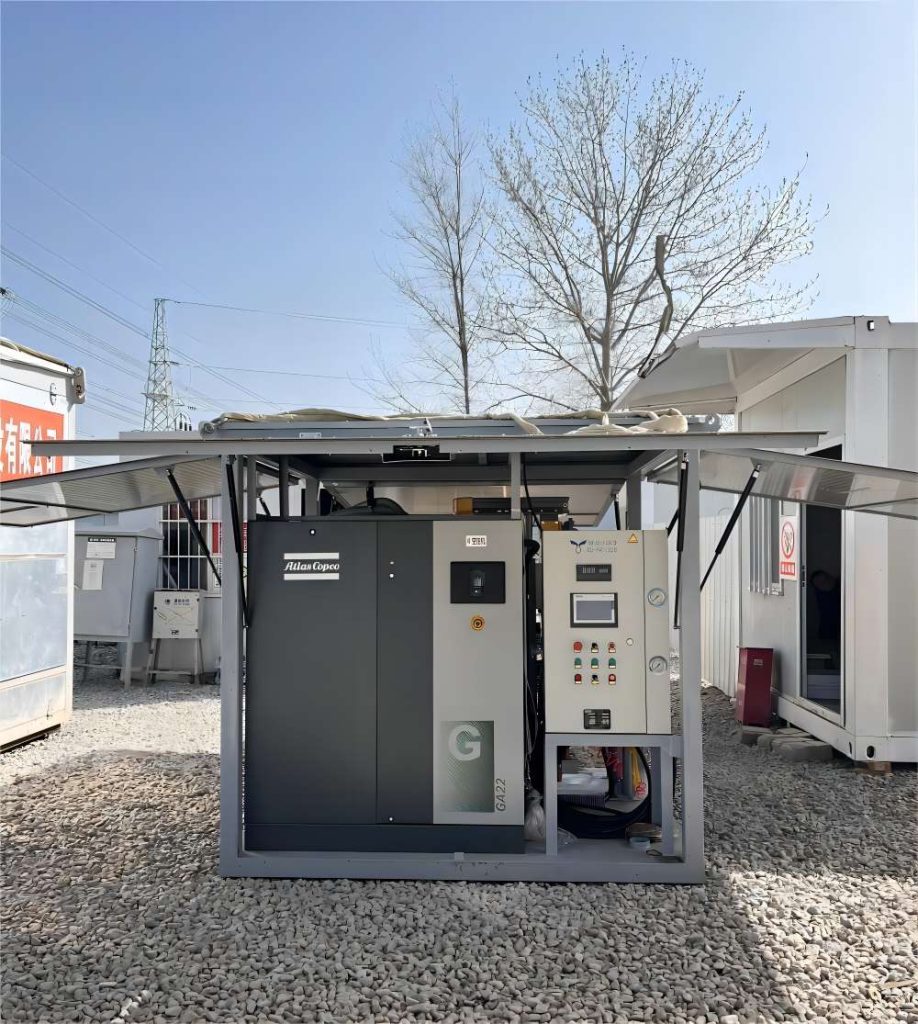
Benefits of Using Dry Air Generators
Dry air generators offer a multitude of advantages for transformer protection, particularly in harsh environments. Here’s a deeper dive into the cost-saving and performance-enhancing benefits they provide:
- Reduced Energy Losses: Moisture within a transformer can cause electrical arcing, leading to energy losses. Dry air generators prevent this by maintaining the insulating strength of materials, ensuring efficient power transmission, and reducing overall energy consumption.
- Improved Efficiency: Dry transformers experience less internal resistance due to the absence of moisture-induced conductivity. This translates to improved operational efficiency and a reduction in heat generation, ultimately leading to lower operating costs.
- Extended Equipment Life: By preventing corrosion and maintaining the integrity of insulating materials, dry air generators significantly extend the lifespan of transformers. This translates to a reduced need for replacements, minimizing capital expenditure on new equipment.
- Reduced Environmental Impact: Transformer failures due to moisture damage can lead to oil spills and equipment replacements, both of which have a negative impact on the environment. Dry air generators help to prevent these occurrences, promoting a more sustainable approach to grid management.
- Lower Insurance Premiums: The improved reliability and reduced risk of breakdowns associated with dry air generators can lead to lower insurance premiums for transformers, further enhancing cost savings.
In conclusion, dry air generators are not just about preventing moisture damage; they offer a holistic package of benefits that translate to improved performance, reduced costs, and enhanced environmental responsibility. When it comes to safeguarding transformers in extreme climates, dry air generators are an investment that pays off in the long run.
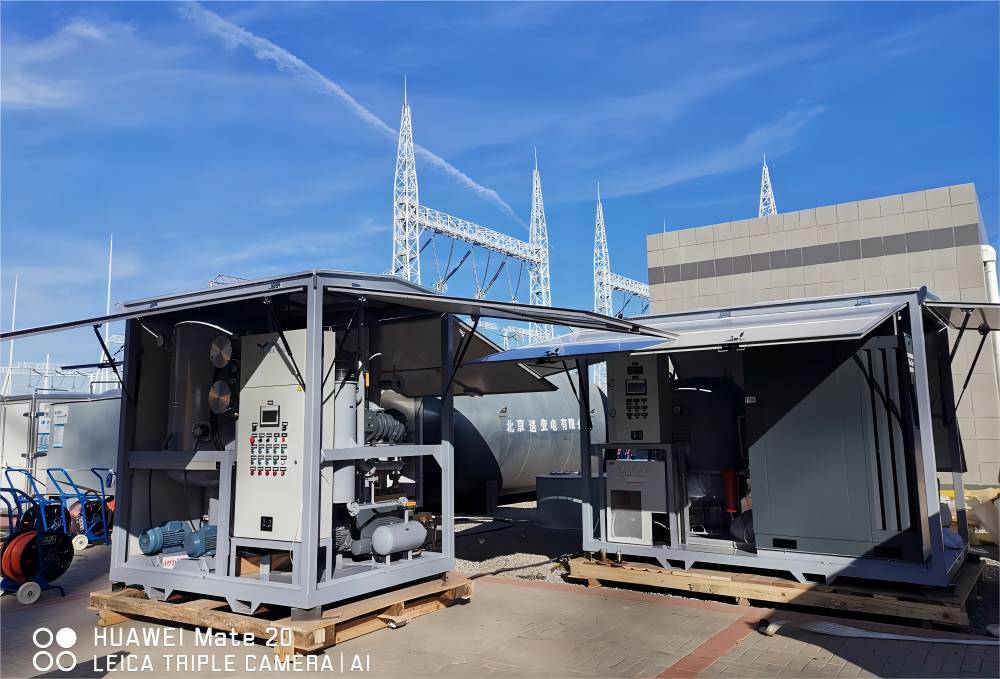
Applications of Dry Air Generators in Different Extreme Climates
Dry air generators are not a one-size-fits-all solution. Their specific application in extreme climates requires tailoring to address the unique challenges of each environment. Here’s a deeper dive into their functionalities:
Hot and Dry Climates
- Desiccant Dryers: These generators utilize desiccant materials that absorb moisture from the air. They are particularly effective in hot, dry climates with significant daily temperature swings. As the temperature cools at night, desiccant dryers prevent condensation from forming on internal transformer components.
- Membrane Dryers: These systems employ semi-permeable membranes that allow water vapor to pass through while blocking other gases. Membrane dryers are well-suited for hot, dry climates with consistent temperatures, offering an energy-efficient solution for continuous moisture removal.
Cold and Humid Climates
- Refrigerated-Air Dryers: These generators cool the incoming air stream, causing moisture to condense and separate. Refrigerated-air dryers are ideal for cold and humid climates as they effectively remove moisture even at low temperatures, preventing the transformer oil from solidifying.
- Heatless Desiccant Dryers: These systems use desiccant materials to remove moisture without the need for refrigeration. They are a good choice for cold climates with moderate humidity levels, offering a cost-effective option for maintaining dry air conditions.
Coastal Areas
- Pressure Swing Adsorption (PSA) Dryers: PSA dryers utilize a cyclical process where compressed air is passed through two vessels filled with adsorbent materials. One vessel captures moisture while the other regenerates. PSA dryers are highly effective in coastal environments with high humidity and salt spray. They offer continuous dry air delivery, crucial for protecting transformers from the corrosive effects of salt.
By selecting the appropriate dry air generator technology based on the specific climate, utility companies can ensure optimal performance and longevity of their transformers. This proactive approach translates to a more reliable and efficient power grid, benefiting consumers and businesses alike.
Conclusion
Dry air generators are essential tools for protecting transformers in a variety of extreme climates. Whether in cold, hot humid, desert, or coastal environments, these generators ensure a stable and dry internal environment, which is crucial for maintaining the efficiency, reliability, and longevity of transformers. Investing in dry air generators is a strategic decision that enhances the resilience of transformers against the adverse effects of extreme weather conditions.
YUNENG specializes in creating innovative solutions of dry air generators for transformers to meet diverse industrial needs. If you have any needs, please contact us.

